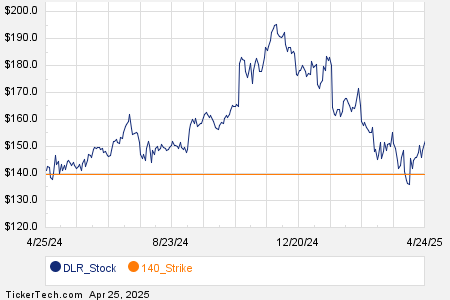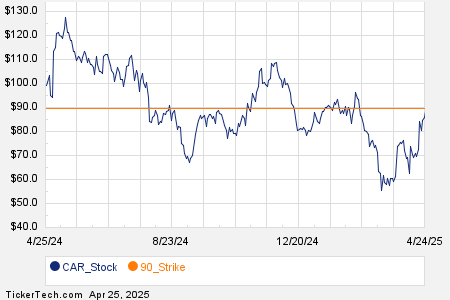Every time I write about seasonal analysis, the oldies radio station in my mind automatically starts playing “Turn! Turn! Turn!” by the Byrds. Those of you of a certain age will recall the song starts with the lyrics, “To everything (Turn, turn, turn)/There is a season (Turn, turn, turn)…”. In the world of markets, what is seasonal analysis? It’s an interesting study that acts as a bridge between technical and fundamental analysis given it focus trends (technical) driven by normal changes in supply and demand (fundamental) over a set period of time. For my studies, I use a 12-month timeframe, either a calendar or marketing year[i] when talking about a market in general. If studying a futures contract, I use the 12 months prior to the delivery month (e.g. December corn = December through November). I don’t use seasonal indicators as absolute trade signals, but rather a guide as to what tends to happen over time. Things get more interesting when contra-seasonal trends appear as it indicates the market is dealing with different fundamentals than usual. Lastly, seasonal analysis was one of the first things I started to study way back as a young broker with no clients. Now, without further ado, let’s take a look at Grains in mid-May.
A side note: I wrote this piece early Sunday morning, well before the Grain sector opened later in the evening. I had no idea where markets or contracts would open, which is fine as it doesn’t change the analysis based on weekly closes only.

December Corn: A couple weeks ago I was visiting with a farmer friend of mine, and he commented how he thought Dec24 corn (ZCZ24) was primed for a strong rally. Being an analyst, my first response likely came across as cold and clinical, “A 15-cent rally over the past 6 sessions or so is solid, but not that out of line with the normal seasonal pattern”. Keep in mind good analysis is supposed to take the emotion out of markets, and technically my statement was correct. From the first weekly close of March through the third weekly close of June, Dec corn tends to add 11% (based on its 5-year seasonal index) or 6% (based on the 10-year index). Dec24 posted a low weekly close of $4.4950 the last week of February before adding 9.5% through last Friday’s close of $4.92. Based on the 5-year index, the upside target for a high weekly close is $4.99[ii], oddly enough, just below the big round number of $5.00[iii]. Does that mean the contract has to stop there? Not at all. Remember, seasonal indexes are only averages of what a market/contract tends to do. What happens after the third weekly close of June? Dec corn tends to fall 11% (5-year) to 13% (10-year) through the last weekly close of August.

November Soybeans: The seasonal study for the November soybean contract is not as clear-cut as December corn’s study. There are a number of jagged peaks and valleys along the way, with the general tendency for the contract to post a high weekly close the second week of June. The larger seasonal uptrend tends to cover 8% (5-year) or 6% (10-year) from the low weekly close the first week of November. Nov24 (ZSX24) didn’t post a low weekly close until the last week of February near $11.30. Theoretically, this puts the upside target for a high weekly close near $12.10. Last Friday saw the contract settle at $12.0575. As for the post seasonal high move, the 10-year index shows a strong selloff of 8% through the last weekly close of September.

September Chicago (SRW) Wheat: I debated over discussing the September or July issue in this segment. While the July issue (ZWN24) holds the most open interest at this time, if we want to look at what happens over the course of meteorological summer (June-July-August) we need to use the September contract (ZWU24). For the record, July Chicago wheat tends to post a high weekly close the second weekly of May, last week[iv]. The seasonal study for the September contract is a mixed bag, with the clearer picture painted by the 10-year index. Here we see an average gain of 6% from the first weekly close of March through the last weekly close of May, oddly enough a timeframe also known as meteorological spring. September 2024 posted a low weekly close of $5.60 the third week of March and has gained 22% through last Friday’s settlement of $6.8250. Why? Because that’s what wheat does. Also, because seasonal indexes are averages, and a contract can move well beyond average boundaries. Recently, I’ve written about how bearish real SRW wheat fundamentals are, but that hasn’t slowed the recent round of buying in the market.
[i] Given my idea of the Marketing Year Misdirection (Marketing years only exist for accounting purposes. Supply and demand is fluid and always changing), you can tell I’m not a proponent of marketing years.
[ii] Bringing to mind corn’s characteristic Round Number Reliance: The corn market likes to move from round number to round number.
[iii] Another key price for Dec24 corn is the previous 4-month high of $5.0225 on the continuous (Dec only) monthly chart.
[iv] What makes this more fun is the July24 contract closed last Friday at $6.6350 after hitting a high of $6.6525, establishing a possible double top pattern with its previous high of $6.66 (always a fun price) the week of December 4.
More Grain News from Barchart
On the date of publication, Darin Newsom did not have (either directly or indirectly) positions in any of the securities mentioned in this article. All information and data in this article is solely for informational purposes. For more information please view the Barchart Disclosure Policy here.
The views and opinions expressed herein are the views and opinions of the author and do not necessarily reflect those of Nasdaq, Inc.



